What's better than snuggling up with your baby bundle? How about snuggling up with two (or more!) bundles at the same time? Whether you're pregnant with multiples — or you know someone who is — they're more common than they used to be.
In fact, twins account for about 32 of every 1,000 births, according to the most recent data from the Centers for Disease Control and Prevention (CDC). And for some women, their chances of having multiples could skew even higher!
But not all twins are born alike. Some are fraternal, and others are identical. So what's the difference, anyway? Here's the scoop on the various types of twins and multiples.
Identical twins (monozygotic)
Identical twins, also called monozygotic twins, develop from a single fertilized egg, or embryo. Depending on when that embryo splits, they might also share the same placenta and amniotic sac. They’re much less common than fraternal twins, occurring in just 3 to 4 in every 1,000 deliveries worldwide.[1]
Identical twins are genetic duplicates, meaning traits like sex and eye color will always be the same.
But even though these twins have the same DNA, certain environmental factors, like placement in the womb, can affect each baby's appearance and may make them look slightly different from each other. Because they don’t always present as carbon copies of each other, identical twins can sometimes be confused with fraternal twins.
Some twins' heads, for example, might not be shaped in exactly the same way. Their hair might be different too. Other traits, such as personalities and allergies, can also diverge.
Fraternal twins (dizygotic)
Fraternal twins, also called dizygotic twins, develop when two sperm fertilize two eggs separately because the mother has released two eggs at the same time during ovulation. Worldwide, they’re about twice as common as identical twins.
Read This Next
Fraternal twins don’t share identical DNA and are no more genetically similar than any other siblings. They can be opposite sexes and can look completely different from each other.
But no matter their appearance, one thing’s for sure: Fraternal twins can run in families, so your twins’ chances of having multiples of their own may be higher than average.
Conjoined twins
Conjoined twins are twins who are physically connected to each other. They’re incredibly rare, occurring in just 1 out of 50,000 to 100,000 births.[2]
Conjoined twins form very early on in a pregnancy, when an embryo containing identical-twins-to-be doesn’t completely separate. That causes the two fetuses to stay connected, often at the head, chest, abdomen, spine or pelvis. It’s possible for conjoined twins to share internal organs as well.
Sometimes it’s possible for surgery to separate conjoined twins. Whether separation can happen depends on where the twins are connected and the number and type of organs they share.
Mirror twins
Around 25% of identical twins are mirror twins, also known as mirror image twins, which can develop when a fertilized egg splits later than usual.
Just as the name implies, these identical twin babies often have characteristics that mirror each other. Their birthmarks, dominant hands, and other physical traits will be on the opposite sides of each other.
For instance, if one twin has a birthmark on the right side of her head, the other twin will have the same birthmark on the left side.
Superfetation twins
It’s also possible to have babies that were conceived at different times in a process called superfetation.[3] In very rare cases, a woman might release two eggs during ovulation, but not at the same time. So she’ll get pregnant with a second baby when she’s already pregnant, and the two babies may be born on different days, though they’re often delivered together.
Though superfetation twins are not technically twins, they’re often referred to as such because the woman is pregnant with them at the same time.
Polar twins
Polar twins, also known as half-identical twins or polar body twins, are those that may result when an egg splits in half during ovulation and each half is fertilized by a different sperm.
These types of twins would be somewhere between identical and fraternal and share about 75% of their DNA. They’d look more similar than traditional fraternal twins, but not exactly the same like identical twins.
This type of twin hasn’t been confirmed to exist, but researchers say it could explain why some fraternal twins look so much alike.
Twins are more common than they used to be, now accounting for about 32 out of every 1,000 births. There are several different types of twins, including identical, fraternal, mirror, superfetation, conjoined, and polar. Higher-order multiples, including triplets, quadruplets, and quintuplets, are less common than twins, but more common than they once were. The only way to tell whether your twins are identical or fraternal is to submit a DNA test in the form of a cheek squab from each twin.
Other multiples
Higher-order multiples or pregnancies like triplets, quadruplets, and quintuplets are less common than twins of either kind, but are more frequent than in past decades due to infertility treatments.
Triplets occur in about 1 in every 10,000 pregnancies. For quadruplets, the odds are 1 in 700,000. And if you’re wondering what your chances might be for conceiving quintuplets naturally, it’s around 1 in 60,000,000! All these types of multiples can be identical, fraternal — or a mix of both.
If you are older than 30 when you conceive, you’ll have a greater chance of having twins or other multiples. Your chances also increase if you’ve given birth to a multiple before or had previous pregnancies.
How can you tell whether your twins are identical or fraternal?
The only way to find out whether your multiples are fraternal or identical is to have them take a DNA test, which consists of a simple swab on the inside of the cheek.
The screening is virtually 100% accurate. A twin zygosity test compares the DNA profiles of each twin to see if they match.
Some parents choose to have their babies screened at birth, and others wait until their twins are toddlers if they're curious and want to know for sure.
A growing number of parents are finding out that they're expecting not one, but two or more little ones. It's both exciting and chaotic all at the same time.
Multiples are definitely their own kind of challenge, but don't panic if you're pregnant with more than one baby. You can always keep up your stamina with some double-duty cuddle sessions after they're born.


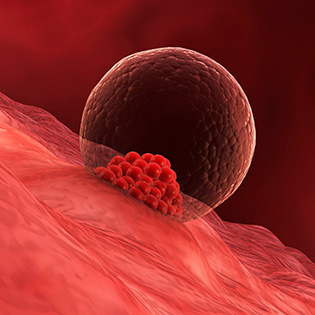
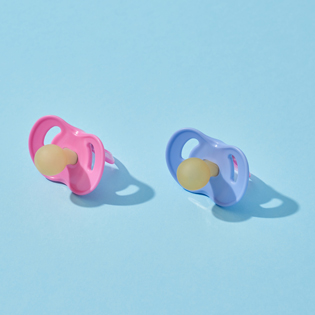

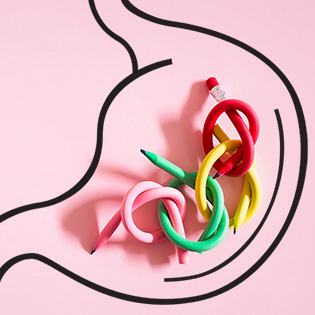



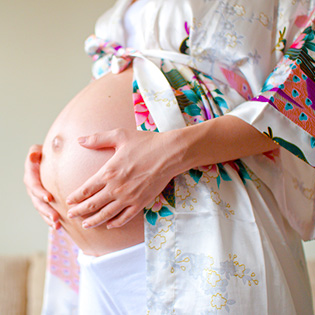
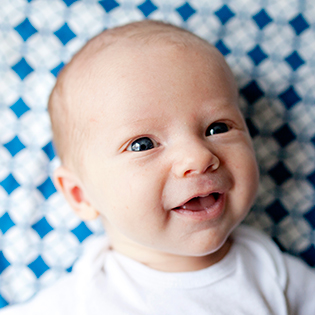
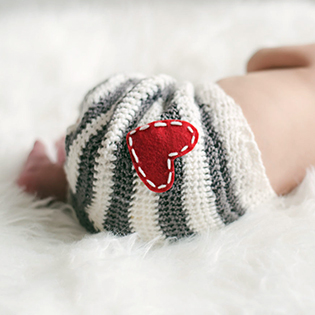
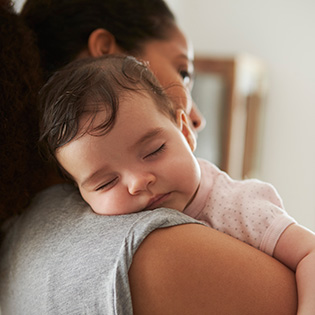



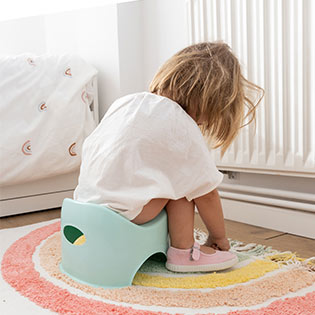

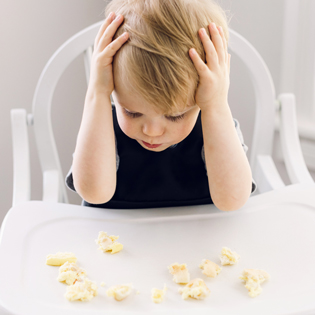
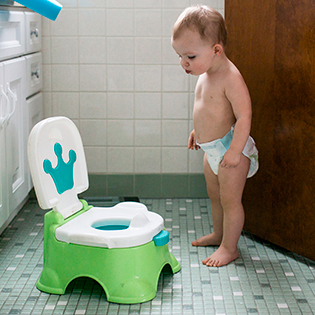

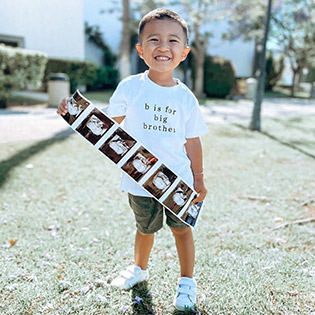

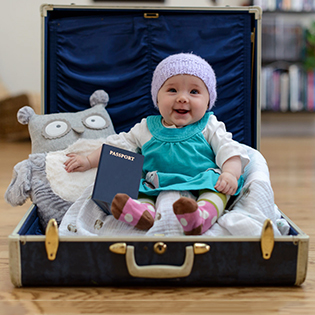
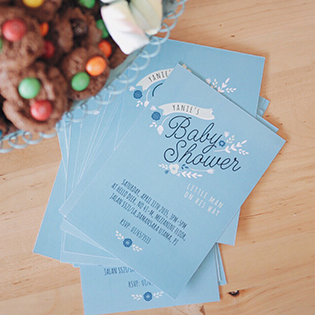





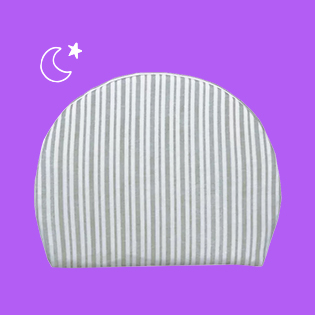
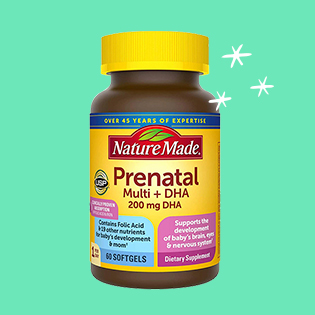


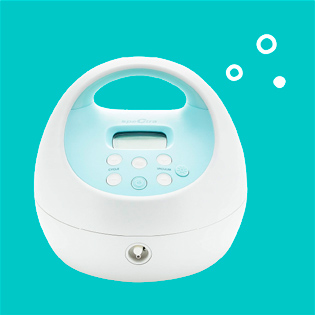










 Trending On What to Expect
Trending On What to Expect





